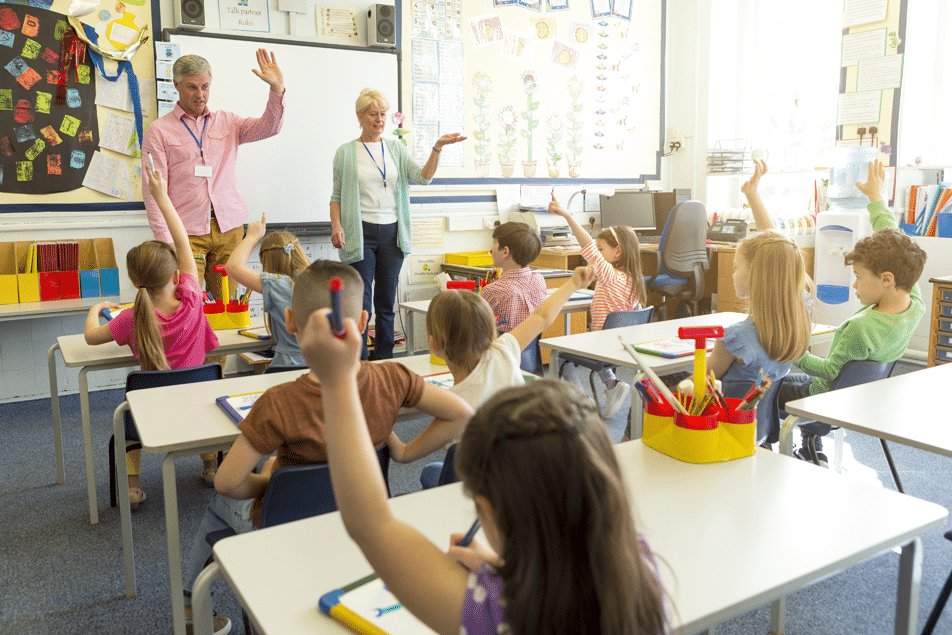
There are three phases that teachers move through when planning and implementing the instruction of social skills:
- Curriculum Planning.
- Instruction and Implementation.
- Student Self Control.
During the first phase, teachers plan the curriculum. They determine what social skill they want to teach, as well as which students will be involved. In some cases, teachers will decide to target an individual student or small group of students who need individualized assistance. But in other cases, teachers will target the entire class—especially when the academic activities require social skill proficiency for participation.
Next, teachers identify the specific behaviors—or steps—that make up the social skill. This step is critical as it defines what teachers will be teaching and what students will be learning. At this time teachers also determine how they will conduct performance-based assessment.
Once teachers have identified the curriculum outcomes, they move into the second phase, where they decide how to teach the identified social skill. There are two stages of instruction: introduction and direct teaching of the social skill; and application. The same elements of effective instruction that are used with academic content work equally well with social skills instruction. These are:
- Direct teaching of the social skill steps.
- Social reinforcement or feedback.
- Self control.
During the first stage of introduction and direct teaching of the social skill, teachers are expected to clearly present the steps. There are no surprises or secrets—students should know the steps they are expected to learn. Teachers use modeling and feedback at this time. Students are also given a chance to practice performing the steps.
During the application stage, teachers identify naturally occurring opportunities in the school day or class period for students to practice their newly learned social skill. For example, if teachers are working on listening skills, they will note all of the opportunities throughout the day in which students are expected to listen. They will build in time to review the listening steps, model the steps, and give positive reinforcement.
The final phase is self control, during which students take over responsibility for their behavior. They monitor, evaluate, and reinforce themselves for demonstrating their newly learned skill. This is a critical phase for students because mastery here enables them to generalize their social skills to other settings and with other individuals.
Exceptional Innovations’ A Collaborative Approach to Teaching Social Skills shows teachers (K–8) how to teach social skills using this framework. It includes practical tools—social skill scope and sequences, assessment forms, activities used by teachers in field-test classrooms—along with instructional approaches for working with students who have behavioral difficulties.
